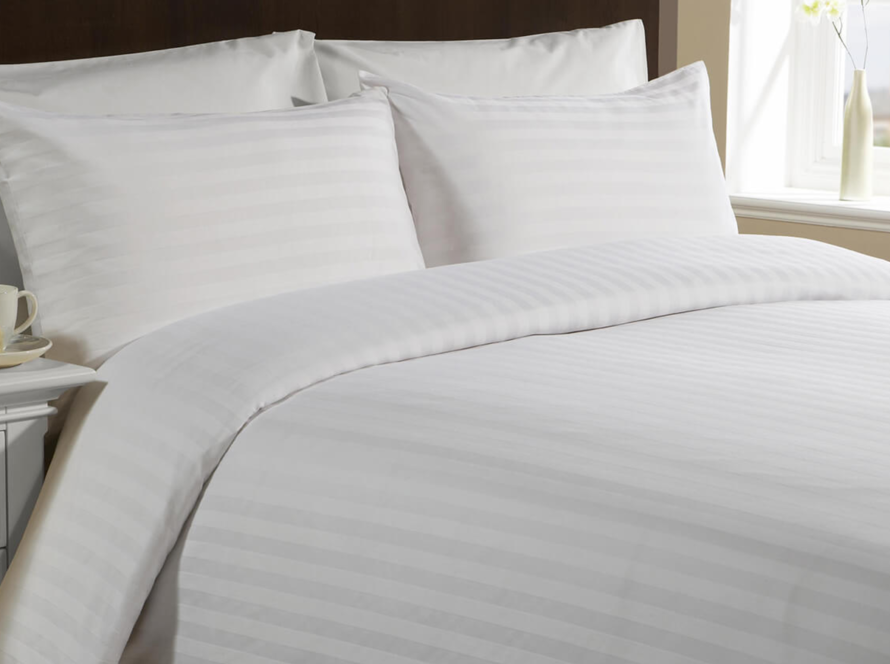Comfort and Patient Satisfaction
One of the primary factors in patient care is comfort. Patients who are recovering from surgery or illness spend most of their time in bed, making the quality of bed linens an essential aspect of their care. High-quality linens, made from soft, breathable fabrics, can greatly enhance patient comfort, helping to reduce stress and promote relaxation. When patients are comfortable, they are more likely to have positive experiences, which is directly linked to improved patient satisfaction scores.
Comfortable linens also play a psychological role in the healing process. When patients feel cared for, it fosters a sense of well-being, which can contribute to faster recovery times. The psychological comfort provided by quality linens is particularly important in long-term care facilities, where patients may spend extended periods in bed.
Infection Control and Hygiene
Infection control is one of the most critical concerns in any healthcare environment. Hospital linens, including bed sheets, gowns, and towels, come into direct contact with patients and can harbor harmful pathogens if not properly maintained. High-quality linens, especially those designed with antimicrobial properties, can help reduce the risk of infections, ensuring a safer environment for patients.
Proper maintenance of hospital linens is just as important as their quality. Regular laundering using high-temperature washing and effective detergents is necessary to kill bacteria, viruses, and other contaminants. Additionally, using durable, high-quality linens that can withstand rigorous washing cycles ensures that the fabric maintains its integrity, further contributing to infection control.
Durability and Cost-Effectiveness
While the upfront cost of high-quality linens may be higher, their durability makes them a cost-effective choice for healthcare facilities in the long run. Inferior quality linens are more likely to wear out quickly, leading to frequent replacements. On the other hand, well-made linens can endure repeated washing and sterilization processes, reducing the need for constant replacement and saving healthcare facilities money over time.
Durable linens not only save costs but also reduce the environmental impact of textile waste. By investing in longer-lasting products, healthcare facilities can contribute to sustainability efforts, which are increasingly important in today’s world.
Selecting the Right Hospital Linens
Material: Choose fabrics that are soft, breathable, and hypoallergenic. Cotton and cotton blends are popular choices due to their comfort and durability.
Thread Count: A higher thread count often indicates a softer and more durable fabric. However, the specific needs of the healthcare facility should guide the choice.
Antimicrobial Properties: Linens with antimicrobial treatments can provide an added layer of protection against infections.
Ease of Maintenance: Linens should be easy to clean and withstand high-temperature washing without losing their quality.
Compliance with Healthcare Standards: Ensure that all linens meet the necessary healthcare regulations and standards for safety and hygiene.




1 Comment
Christian Spaulding
Praesent finibus congue euismod. Nullam scelerisque massa vel augue placerat, a tempor sem egestas. Curabitur placerat finibus lacus.